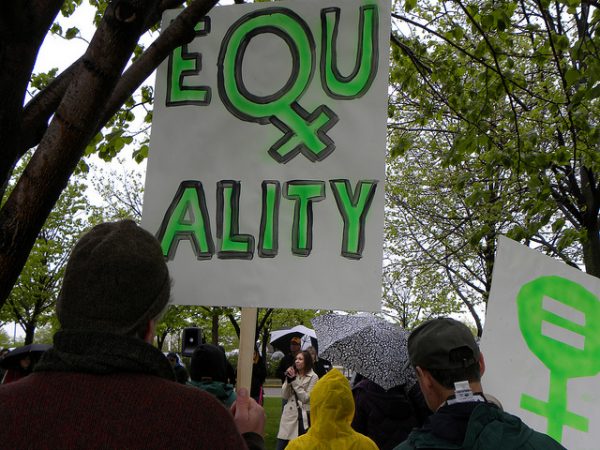
During this year’s midterm elections, six states adopted Marsy’s Law, a measure that aims to amend state constitutions so that they treat victims’ rights as equal to defendants’ rights in the criminal justice system. Observers like the American Civil Liberties Union warn that the law circumvents due process — particularly the presumption of innocence — by allowing victims the right to deny evidence to defendants and their counsel, and in some states, even curtail the amount of time a defendant can appeal a conviction. The law’s popularity and ensuing debates highlight two key lines of research, the power of victim rights movements in the United States and the racial and gender privilege underlying perceptions of victimhood.
Although different segments of the victim rights movement have different origins, scholars typically point to the 1960s as the time when victim rights hit the national scene. Since then, the mainstream movement has led to state statutes to provide victim restitution, and increase funding for victims’ services. Scholars suggest that while the victim rights movement has had some positive impacts, it occurred alongside the “get tough on crime” movement that facilitated the prison boom. For example, the advocacy of predominately white, elite feminist movements on punishments for rape and domestic violence was viewed as a victory in addressing violence against women. However, it also resulted in a form of “carceral feminism” that increased punitive responses in criminal justice policies in lieu of reforms in other areas such as welfare and other social services.
- Katherine Beckett and Theodore Sasson. 2004. The Politics of Injustice: Crime and Punishment in America. SAGE Publications.
- Marie Gottschalk. 2006. The Prison and the Gallows: The Politics of Mass Incarceration in America. Cambridge University Press.
- Nancy Whittier. 2016. “Carceral and Intersectional Feminism in Congress: The Violence Against Women Act, Discourse, and Policy.” Gender & Society 30(5): 791–818.
Other scholars note that the mainstream victim rights movement privileged some victims over others, minimizing and ignoring violence against Black women, Indigenous women, other women of color, and trans women. Research shows that Black women are more likely to experience interpersonal violence but media and even laws often frame “victims” of crimes as white — especially white women. Of the 51 laws named after crime victims in the United States since 1990, only four are named after Black victims, and only three after Hispanic victims. Scholars like Beth Richie show how this dominant political discourse of “preventing crime” not only obfuscates Black women’s experiences with violence but also criminalizes their responses to protect themselves through mandatory arrest and other criminal procedures.
- Teresa C. Kulig and Francis T. Cullen. 2017. “Where Is Latisha’s Law? Black Invisibility in the Social Construction of Victimhood.” Justice Quarterly 34(6): 978–1013.
- Beth Richie. 2012. Arrested Justice: Black Women, Violence, and America’s Prison Nation. NYU Press.
- Shatema Threadcraft and Lisa L. Miller. 2017. “Black Women, Victimization, and the Limitations of the Liberal State.” Theoretical Criminology, 21(4): 478–93.
Heightened news coverage and social media attention to the Cyntoia Brown case serves as a clear example of this disparity, demonstrating who U.S. society values as victims and survivors of sexual and other forms of violence. Thus, while Marsy’s Law may seem on its surface to bring an equal playing field to victims in the criminal justice process, researchers and policymakers must pay attention to the broader context from which it emerged and how this law may not only diminish due process, but also privilege certain types of victims over others.
Check out this TROT for more on the racialization of victimhood for missing girls.
For insight into a social movement that centers women of color as survivors of sexual, domestic, and state violence, check out INCITE!

Comments